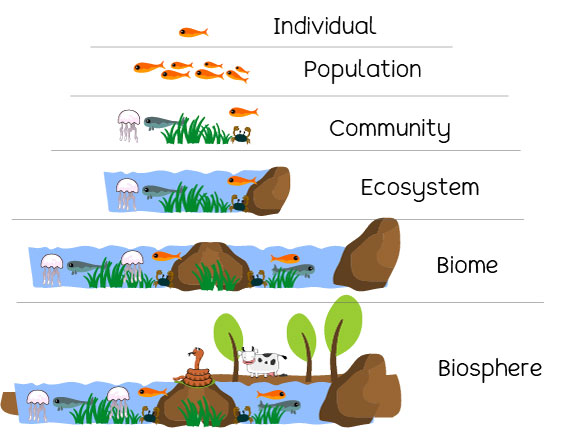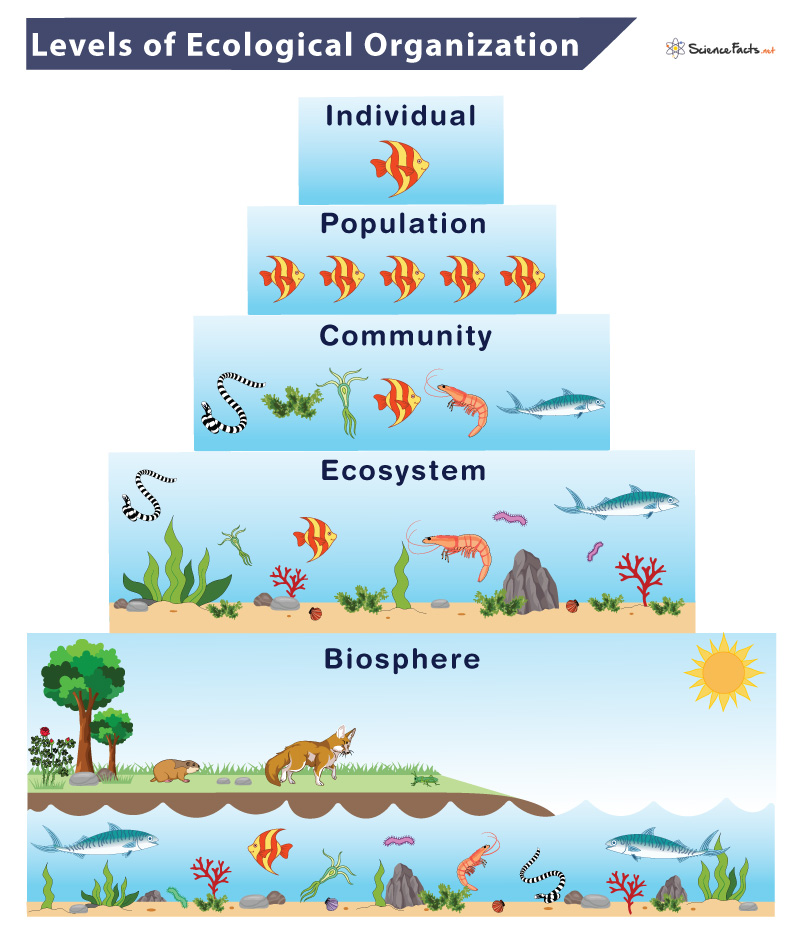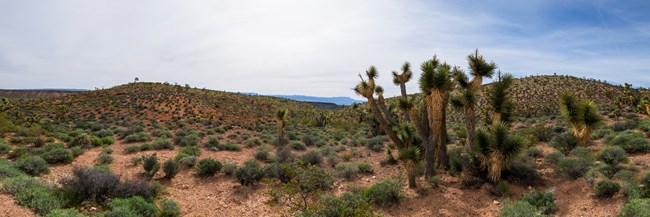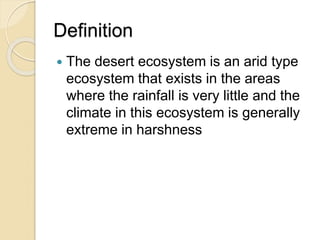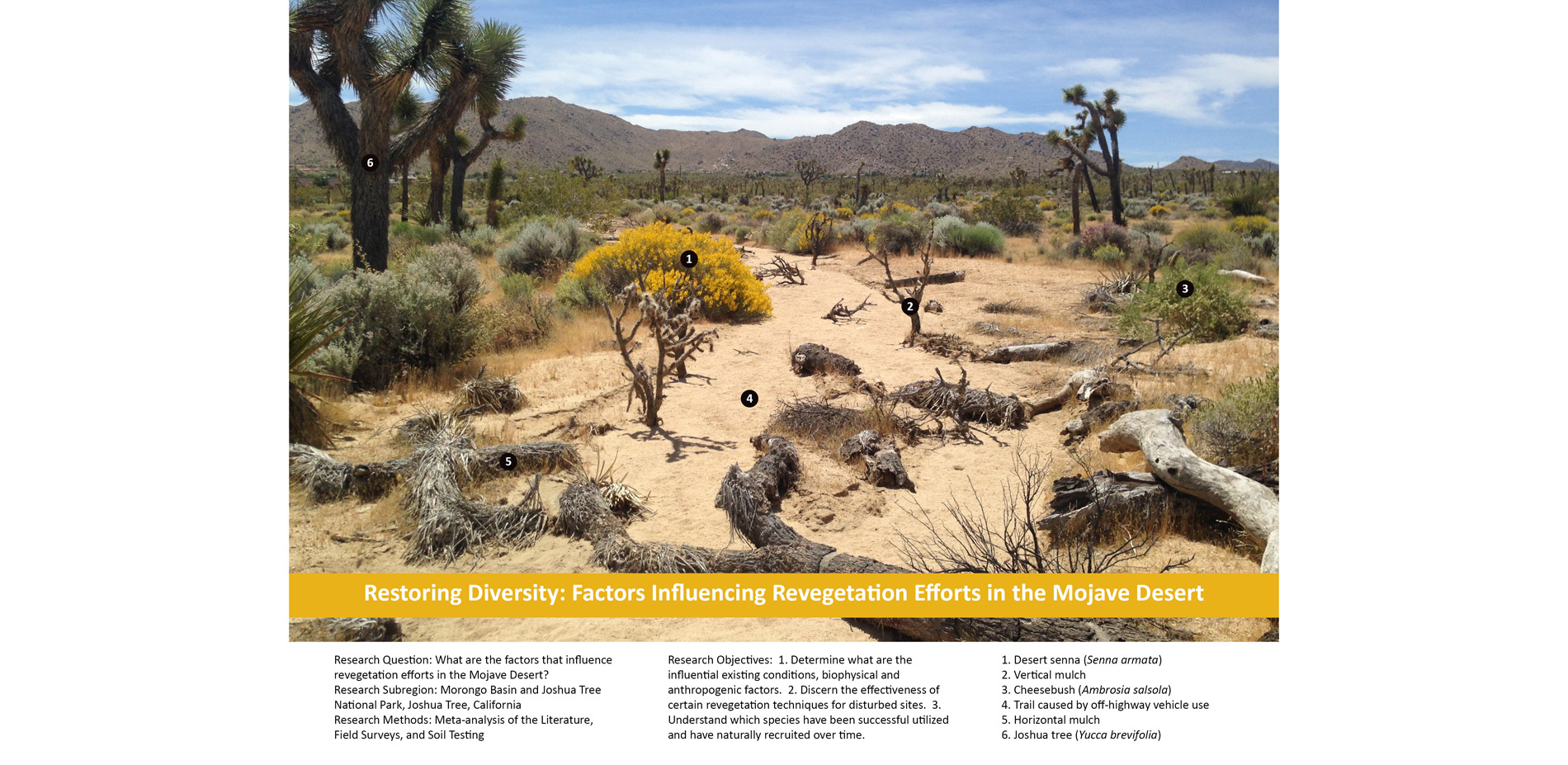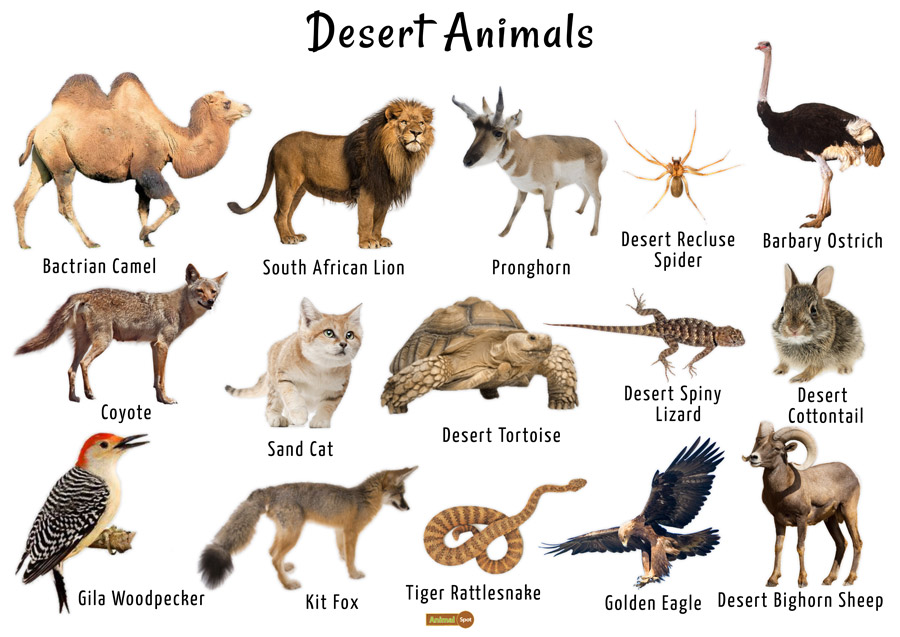Topic ecosystem of pacific ocean: Explore the vibrant and diverse ecosystem of the Pacific Ocean, where marine life flourishes and natural wonders abound, revealing the ocean"s crucial role in our planet"s health and biodiversity.
Table of Content
- What are the different types of ecosystems found in the Pacific Ocean?
- Overview of the Pacific Ocean Ecosystem
- Marine Biodiversity: Flora and Fauna
- Marine Habitats: From Coral Reefs to the Deep Sea
- Climate Influence and Oceanic Currents
- Human Impacts: Pollution and Overfishing
- Conservation Efforts and Protected Areas
- YOUTUBE: Creatures Thriving in the Pacific Garbage Patch
- Emerging Threats: Climate Change and Acidification
- Scientific Research and Exploration
- Role in Global Ecosystem and Climate Regulation
- Education and Awareness: The Importance of the Pacific Ocean
What are the different types of ecosystems found in the Pacific Ocean?
The Pacific Ocean is home to various types of ecosystems, each characterized by unique flora and fauna. Some of the different types of ecosystems found in the Pacific Ocean include:
- Coral Reefs: The Pacific Ocean is known for its diverse and vibrant coral reefs. These ecosystems are home to a wide range of coral animals, including over 400 different species. Additionally, coral reefs provide habitat for numerous fish species and other marine organisms.
- Kelp Forests: Along the coastlines of the Pacific Ocean, kelp forests can be found. These underwater ecosystems are dominated by large brown algae called kelp. Kelp forests provide shelter for various fish species, invertebrates, and marine mammals.
- Open Ocean: The vast open waters of the Pacific Ocean support an extensive ecosystem. This pelagic ecosystem is inhabited by a variety of marine organisms, including phytoplankton, zooplankton, fish, whales, dolphins, and seabirds. It is the largest ecosystem in the Pacific Ocean and covers a significant portion of the Earth\'s surface.
- Deep Sea: The Pacific Ocean also contains deep-sea ecosystems, which are found in the dark depths of the ocean. These ecosystems are characterized by extreme pressure, cold temperatures, and limited access to sunlight. However, they are home to a diverse range of unique species that have adapted to the harsh conditions, including deep-sea fishes, invertebrates, and bacteria.
- Mangrove Forests: In certain coastal areas of the Pacific Ocean, mangrove forests can be found. These ecosystems are located in intertidal zones and are made up of salt-tolerant trees and shrubs. Mangrove forests provide important nursery habitats for many marine species, including fish, crustaceans, and mollusks.
Each of these ecosystems plays a vital role in maintaining the overall health and balance of the Pacific Ocean, supporting a diverse array of marine life. Understanding and protecting these ecosystems is crucial for the conservation and sustainability of the Pacific Ocean.
READ MORE:
Overview of the Pacific Ocean Ecosystem
The Pacific Ocean, the largest and deepest of Earth"s oceanic divisions, encompasses a vast ecosystem teeming with life and diversity. Its vast expanse harbors a multitude of habitats, ranging from sunlit coral reefs teeming with colorful fish to mysterious deep-sea trenches home to unique life forms that thrive in complete darkness. This ecosystem plays a pivotal role in global climate regulation, nutrient cycling, and supports a rich biodiversity.
- Size and Scope: Covering more than 30% of the Earth"s surface, the Pacific Ocean is a critical component of the planet"s ecosystem.
- Marine Life: Home to thousands of species of fish, mammals, birds, and invertebrates, each part of the Pacific Ocean offers a unique biodiversity.
- Habitats: From the shallow coral reefs of the tropics to the deep abyssal plains and hydrothermal vents, the ocean"s habitats are diverse and complex.
- Climate Influence: The Pacific plays a key role in global weather patterns and ocean currents, which in turn affect marine and terrestrial ecosystems.
- Human Impact: Despite its vastness, the Pacific Ocean faces threats from overfishing, pollution, and climate change, impacting its delicate balance.
Understanding the ecosystem of the Pacific Ocean is crucial for its conservation and the sustainability of its resources, which millions of people and countless species rely on for survival.

Marine Biodiversity: Flora and Fauna
The Pacific Ocean"s vast expanse is a treasure trove of marine biodiversity, hosting an incredible variety of life forms. From microscopic plankton to the majestic blue whale, the ocean"s flora and fauna play critical roles in its ecological balance.
- Microorganisms: Plankton, the base of the oceanic food chain, sustains a multitude of marine species.
- Corals: Coral reefs, often termed the rainforests of the sea, are biodiverse habitats that provide shelter and food for over a quarter of all marine species.
- Fish: Thousands of fish species, including tuna, salmon, and mackerel, thrive in the Pacific, supporting both marine life and human economies.
- Mammals: The ocean is home to a variety of mammals such as whales, dolphins, and seals, each adapted to life in the marine environment.
- Seabirds: Pacific islands and coastlines are breeding grounds for numerous seabird species, linking marine and terrestrial ecosystems.
- Invertebrates: A diverse array of invertebrates, including jellyfish, octopuses, and sea urchins, contribute to the ecological complexity of the ocean.
This rich tapestry of life underscores the importance of preserving marine biodiversity for the health of the planet and future generations.
Marine Habitats: From Coral Reefs to the Deep Sea
The Pacific Ocean is a mosaic of marine habitats, each supporting unique ecosystems that contribute to the ocean"s overall biodiversity and ecological health.
- Coral Reefs: Vibrant coral reefs, like those in the Coral Triangle, support thousands of species of fish, invertebrates, and marine mammals, serving as nurseries for marine life.
- Mangroves and Estuaries: These coastal habitats act as buffers between land and sea, providing breeding grounds for fish and protecting shorelines from erosion.
- Open Ocean: The vast pelagic zone is home to large marine mammals, migratory fish, and plankton, playing a crucial role in the oceanic food web.
- Seagrass Meadows: Important for carbon sequestration, seagrass beds support a variety of life, including turtles, fish, and invertebrates.
- Deep Sea: Mysterious and less explored, the deep sea is home to unique species adapted to extreme conditions, such as hydrothermal vent communities.
- Polar Regions: The cold waters of the Pacific"s northern and southern extremities are crucial for species like seals, penguins, and whales, dependent on ice habitats.
Each of these habitats plays a vital role in the Pacific Ocean"s ecosystem, contributing to its function as a global environmental cornerstone.
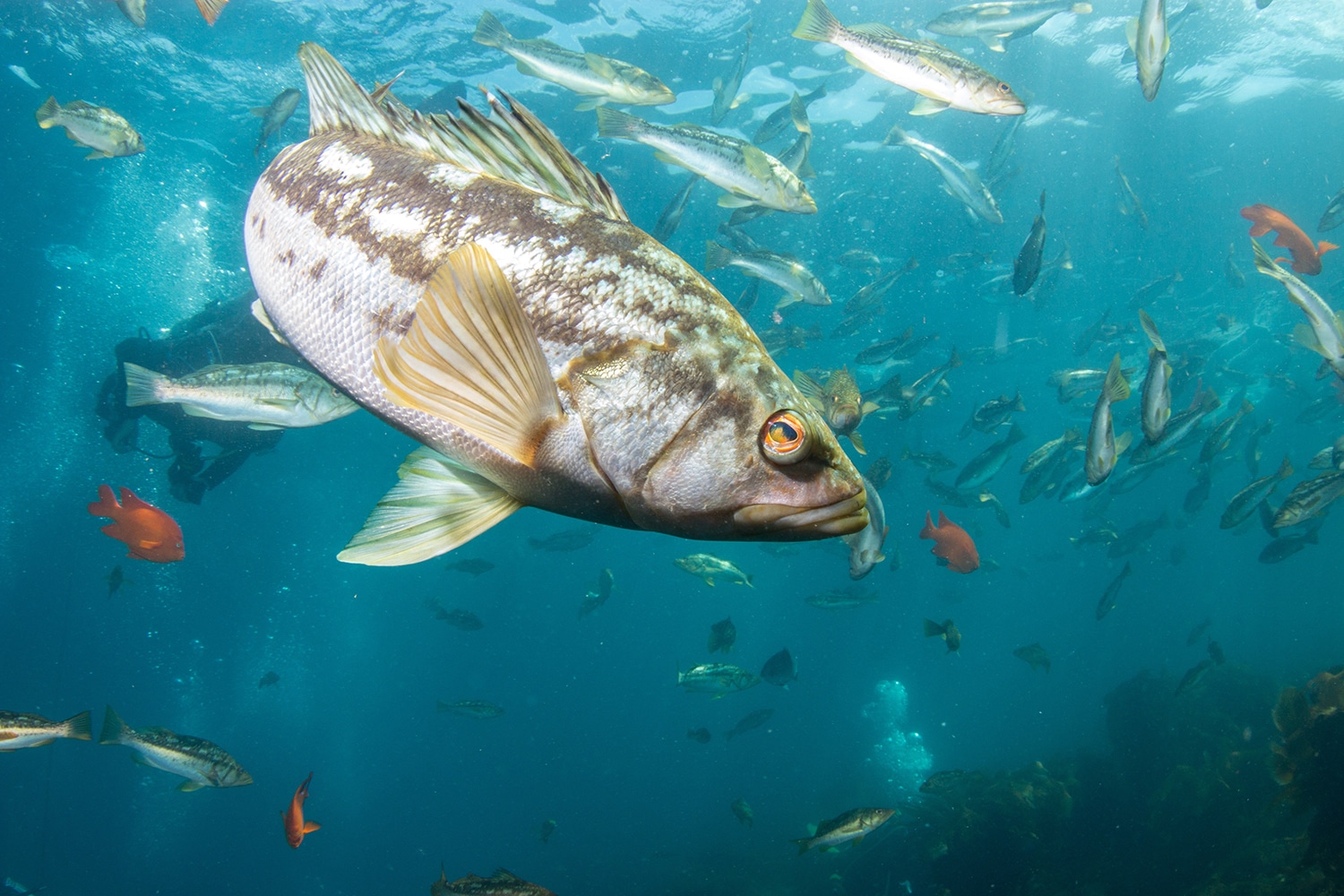
Climate Influence and Oceanic Currents
The Pacific Ocean plays a critical role in the Earth"s climate system, influenced by and influencing atmospheric and oceanic currents that regulate global weather patterns.
- Thermohaline Circulation: Deep ocean currents driven by differences in water density, affecting global climate by distributing heat around the planet.
- El Niño and La Niña: Climate phenomena originating in the Pacific, causing global weather variations, impacting agriculture, ecosystems, and economies worldwide.
- Trade Winds: These easterly winds influence the Pacific"s surface currents, affecting weather patterns and marine navigation.
- Western Boundary Currents: Warm water currents, like the Kuroshio Current near Japan, transport warm water and weather patterns towards the east.
- Pacific Decadal Oscillation: Long-term ocean fluctuation affecting Pacific and global climate, influencing marine ecosystems and weather extremes.
- Carbon Sink: The Pacific Ocean acts as a significant carbon sink, absorbing CO2 from the atmosphere, thus playing a vital role in moderating global climate change.
Understanding these dynamic systems is essential for predicting climate change impacts and managing the Pacific Ocean"s vast ecosystem sustainably.
Human Impacts: Pollution and Overfishing
The Pacific Ocean"s vast ecosystem faces significant threats from human activities, notably pollution and overfishing, which have profound impacts on marine life and habitats.
- Plastic Pollution: Millions of tons of plastic waste enter the Pacific each year, harming marine animals and ecosystems, and accumulating in regions like the Great Pacific Garbage Patch.
- Chemical Pollutants: Runoff from agriculture and industry introduces toxins, such as heavy metals and pesticides, into marine ecosystems, affecting the health of marine life.
- Overfishing: Intensive fishing practices have led to the depletion of fish stocks, threatening the balance of marine ecosystems and the livelihoods of coastal communities.
- Bycatch: Non-target species, including dolphins, turtles, and sharks, are often caught unintentionally, leading to declines in populations of these crucial marine animals.
- Habitat Destruction: Coastal development, bottom trawling, and other activities destroy crucial habitats like coral reefs and seagrass beds, impacting biodiversity.
- Climate Change: Human-induced climate change is leading to ocean warming, acidification, and rising sea levels, further stressing marine ecosystems.
Addressing these challenges requires global cooperation and sustainable practices to ensure the health and resilience of the Pacific Ocean"s ecosystems for future generations.

Conservation Efforts and Protected Areas
In response to the threats facing the Pacific Ocean, a variety of conservation efforts and the establishment of protected areas aim to safeguard its unique ecosystems and biodiversity.
- Marine Protected Areas (MPAs): Designated regions of the ocean where human activities are regulated to protect marine ecosystems and biodiversity. Examples include the Great Barrier Reef Marine Park and the Papahānaumokuākea Marine National Monument.
- International Agreements: Treaties like the Convention on Biological Diversity (CBD) and the United Nations Convention on the Law of the Sea (UNCLOS) provide frameworks for marine conservation on a global scale.
- Sustainable Fishing Practices: Initiatives to promote sustainable fishing, including catch limits, gear restrictions, and the creation of no-take zones, help to reduce overfishing and bycatch.
- Plastic Reduction Efforts: Global and local initiatives aim to reduce plastic pollution through bans on single-use plastics, beach clean-ups, and promoting recycling and responsible disposal.
- Climate Change Mitigation: Efforts to reduce greenhouse gas emissions and promote renewable energy sources are critical to addressing the root causes of ocean warming and acidification.
- Community Involvement: Engaging local communities in conservation efforts, through education and eco-tourism, ensures the sustainable management of marine resources.
These efforts are crucial for preserving the Pacific Ocean"s health and resilience, supporting not only the myriad species that call it home but also human communities that rely on its resources.
Creatures Thriving in the Pacific Garbage Patch
Learn about the impactful ways we can combat pollution and create a cleaner world for generations to come. Discover how simple changes can make a significant difference in our environment. Watch our eye-opening video now!
Biogeography of the Oceans
Dive into the fascinating world of ecosystems and uncover the delicate balance that nature maintains for all living organisms. Discover the intricate web of life that surrounds us and gain a deeper appreciation for the wonders of the natural world. Don\'t miss out on our captivating video!
Emerging Threats: Climate Change and Acidification
As the Pacific Ocean faces the future, climate change and ocean acidification emerge as significant threats, impacting ecosystems, marine life, and the communities that depend on them.
- Warming Waters: Rising temperatures are causing coral bleaching, altering species distribution, and affecting breeding patterns of marine life.
- Acidification: The ocean absorbs CO2 from the atmosphere, leading to acidification, which harms calcifying organisms such as corals and shellfish, affecting the entire food web.
- Sea Level Rise: Melting polar ice caps and glaciers contribute to sea level rise, threatening coastal ecosystems and human settlements.
- Increased Storm Intensity: Climate change is linked to more frequent and severe tropical storms, causing damage to marine and coastal environments.
- Oxygen Depletion: Warmer waters hold less oxygen, leading to "dead zones" where marine life cannot survive, disrupting ecosystems.
- Impact on Fisheries: Changes in water temperature and chemistry affect fish stocks, with implications for food security and livelihoods in coastal communities.
Addressing these challenges requires global action to mitigate climate change, reduce carbon emissions, and adapt to the changing conditions of the Pacific Ocean.

Scientific Research and Exploration
The Pacific Ocean, with its vast and diverse ecosystems, is a focal point for scientific research and exploration, aimed at understanding its complexities and addressing the challenges it faces.
- Oceanographic Surveys: Studies of water chemistry, currents, and sea floor topography help scientists understand the physical processes of the ocean.
- Marine Biology Research: Investigating the life cycles, habitats, and population dynamics of marine species contributes to our knowledge of biodiversity and ecosystem health.
- Climate Studies: Research into the Pacific"s role in the global climate system provides insights into patterns of climate change and helps predict future conditions.
- Conservation Science: Studies focused on the impact of human activities inform conservation strategies and policy decisions aimed at preserving the ocean"s health.
- Deep Sea Exploration: The use of submersibles and remote sensing technologies to explore deep-sea environments reveals unknown species and ecosystems.
- Technological Advancements: Development of new tools and methodologies for ocean research enhances our ability to monitor and understand the Pacific Ocean.
Through continued research and exploration, scientists aim to unlock the secrets of the Pacific Ocean, contributing to its preservation and the sustainability of its resources for future generations.
Role in Global Ecosystem and Climate Regulation
The Pacific Ocean is not just vast in size; it plays a pivotal role in regulating the Earth"s climate and supports a global ecosystem through its intricate processes and systems.
- Carbon Sequestration: The Pacific Ocean acts as a major carbon sink, absorbing CO2 from the atmosphere, which helps to mitigate the impacts of climate change.
- Oxygen Production: Phytoplankton in the ocean produce a significant portion of the Earth"s oxygen, essential for life on our planet.
- Climate Regulation: The ocean"s currents and vastness influence weather patterns and temperatures globally, from moderating climates to impacting rainfall and droughts in various regions.
- Biodiversity Support: The Pacific Ocean"s diverse ecosystems support a wide range of species, contributing to global biodiversity and the health of the planet.
- Human Resources: Beyond its ecological roles, the ocean provides resources for human livelihoods, including food, medicine, and energy.
Understanding and preserving the Pacific Ocean"s role in global ecosystem and climate regulation is crucial for the sustainability of our planet and the well-being of all its inhabitants.
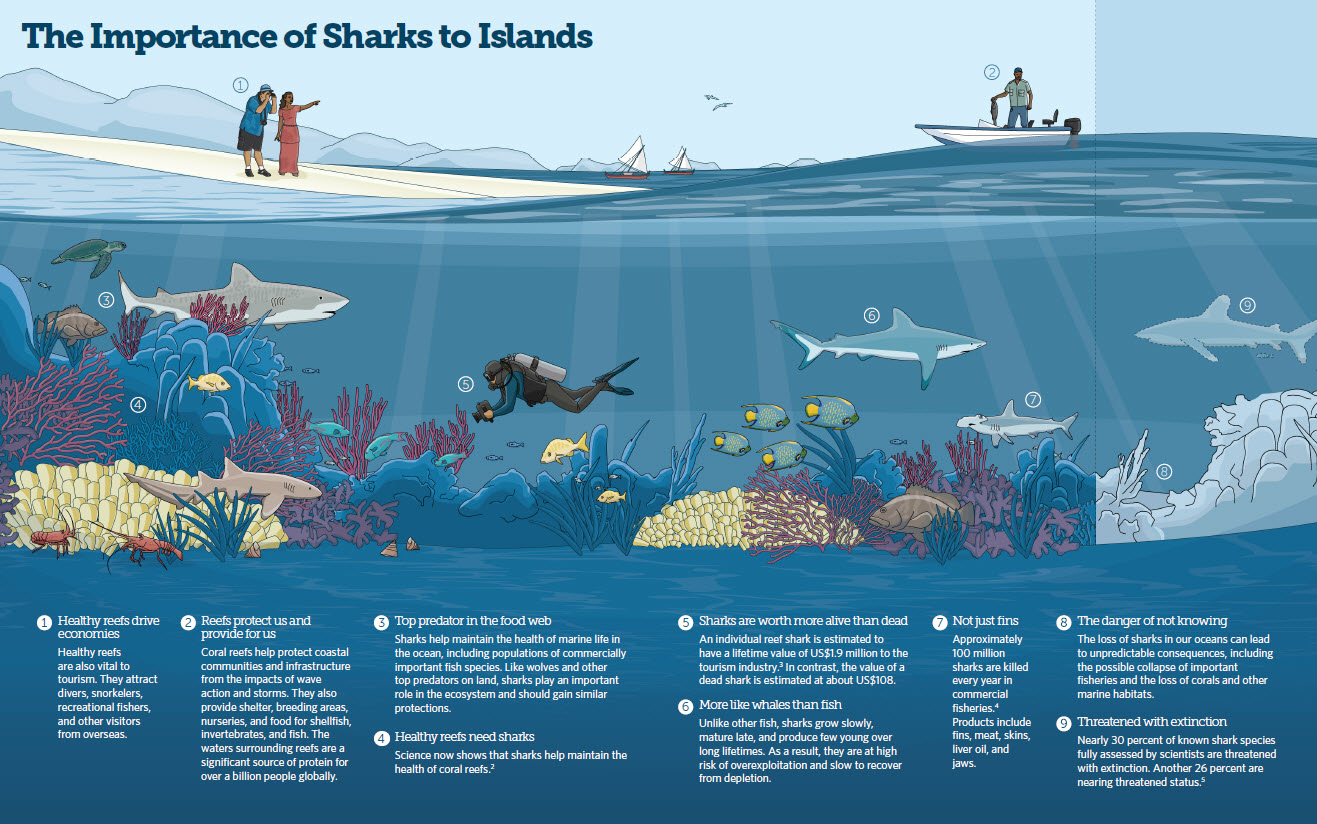
READ MORE:
Education and Awareness: The Importance of the Pacific Ocean
The Pacific Ocean, covering more than 30% of the Earth"s surface, is a vast marine environment that plays a crucial role in sustaining life on our planet. Education and awareness about this crucial ecosystem are vital for its preservation and the well-being of countless species, including humans. Through understanding its importance, we can foster a deeper connection and responsibility towards this magnificent ocean.
- Global Climate Regulation: The Pacific Ocean is instrumental in regulating the global climate. Its currents and vast expanse affect weather patterns and temperatures worldwide. Educating people about these influences helps in understanding climate change and the importance of ocean health.
- Biodiversity: Home to an incredible diversity of marine life, the Pacific Ocean supports species ranging from the smallest plankton to the largest whales. Awareness programs can highlight the ocean"s role in biodiversity conservation, emphasizing the interconnectedness of all life forms.
- Economic Significance: The ocean"s resources support the livelihoods of millions of people around the Pacific Rim. Fisheries, tourism, and shipping are just a few industries that depend on a healthy Pacific Ocean. Education can illuminate the economic reasons for maintaining a vibrant marine ecosystem.
- Cultural Importance: For many Pacific Island communities, the ocean is integral to their culture, heritage, and identity. Educational initiatives can celebrate and preserve these connections, promoting respect and understanding across different cultures.
- Environmental Challenges: The Pacific faces numerous threats, including pollution, overfishing, and climate change. Awareness campaigns can inform the public about these issues, encouraging actions that support sustainability and conservation efforts.
Through targeted educational programs, media campaigns, and community involvement, we can enhance public understanding and appreciation of the Pacific Ocean"s vital role. By fostering a culture of respect and stewardship, we ensure the protection of this indispensable ecosystem for future generations.
Exploring the Pacific Ocean"s ecosystem reveals a world of wonder, emphasizing our role in its preservation. Let"s cherish and protect this vital treasure, ensuring its marvels endure for generations to come.


